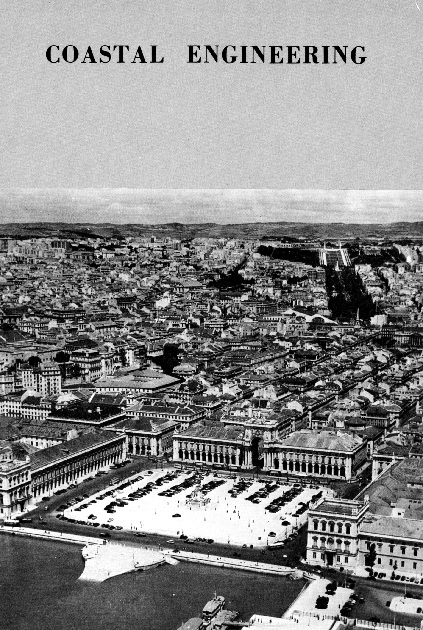Abstract
When, under the strong impulse of Prince Henry, Portuguese maritime discoveries began, in the dawn of the XVth Century, methods of navigation were still those of coastal and estimated navigatxon and resulted mostly from the progress made in the Xlllth Century. During that period the knowledge of geometry of ancient Greece had spread widely and the mariner's compass had been adopted on board the Mediterranean ships. These innovations had the following consequences: a) Rutters: to the former indication of the principal characteristics of the coasts, particularly as regards to ports and bars, and of the distance between the most remarkable accidents, was from now on added the indication of the magnetic azimuths between these accidents. b) Nautical charts: the nautical chart, nonexistent m Europe, was created at that time.
Authors retain copyright and grant the Proceedings right of first publication with the work simultaneously licensed under a Creative Commons Attribution License that allows others to share the work with an acknowledgement of the work's authorship and initial publication in this Proceedings.

